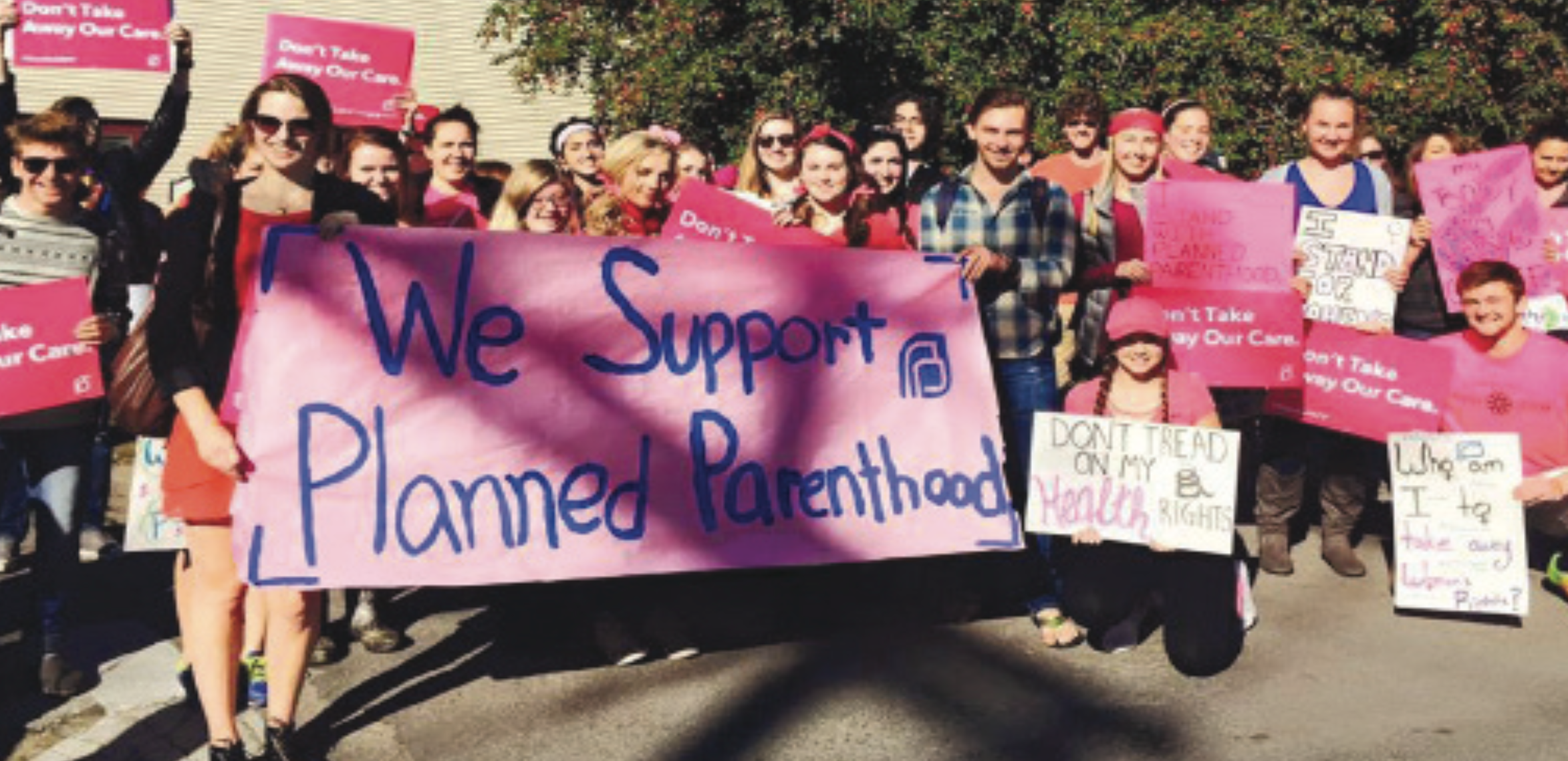One could go on for hours learning about the many different types of birth control, and each of their specific forms, from condoms and the pill, to IUDs, diaphragms, sponges, and sterilization. While learning about the many options of birth control available, it is easy to notice a general pattern begin to creep up: besides condoms, almost every other form is designed for women. If one does not want to use condoms for whatever reason (short of getting a vasectomy) it seems much of the power in not conceiving a child is entrusted to females.
Under the Affordable Care Act, health care plans are not required to cover birth control methods like the pill if it goes against the company’s religious beliefs, but the same does not apply for covering procedures like vasectomies. This adds a tremendous burden on sexually active ladies hoping not to get pregnant. Besides the actual cost of birth control, which can add up quicker than having Sergi’s on speed dial, women are also largely responsible for preventing the immense consequence of pregnancy. As with many things relating to women’s reproductive rights, the information about how best to do this isn’t universally available.
I have had many friends who thought they were going crazy when they first started birth control pills, or assumed it was their body’s fault, and not a side effect of the medication they were taking. Why would they not? Women are told that birth control pills are relatively simple and easy tool, but are rarely shown the many different brands, types, and variety of options to choose from. If the brand they’re stuck with doesn’t work right away, the user may think there is something wrong with her. Not all birth control works for everybody, and it is difficult to fully understand since it is not often talked about
Even scarier,young girls often cannot afford birth control, but do not want their parents to see it on their medical bills, so they avoid pursuing the topic. With no other options, they may result to using only condoms (which is not nearly as effective as doubling up on contraceptive methods), or not using condoms at all. While condoms can be purchased for 75 cents at any gas station, acquiring the most effective form, the pill, can feel as daunting as a mythical quest straight out of a Lord of the Rings.
So, how do we change this unproductive culture surrounding birth control? First, it is important to note that as of July 2015, under the Affordable Care Act, plans in the Health Insurance Marketplace must cover hormonal, barrier, emergency, and implanted devices (like IUDs) prescribed by a healthcare provider without charging a co-payment, even if one has not met her deductible. In other words, if you have a plan under Obamacare, your health insurance must cover some form of the most common types of birth control–even emergency contraceptives–without charging a fixed amount of money at the time you receive it.
Also, there are more forms of male birth control currently in development, such as the “clean sheets pill,” which would essentially inhibit the release of semen. Despite these signs of progress, some seem wary that these options will ever be readily accessible or even approved by the FDA. Pharmaceutical companies are nervous contraceptives aimed at males would not be popular given the deep psychological and emotional attachments many have to their ability to produce semen during sex.
A few weeks ago, in the heat of the debate about whether Planned Parenthood should receive federal funding, there was a group of largely senior citizen-aged women protesting in the streets of downtown Canton. They declared Planned Parenthood’s importance and demanded it continue to receive its crucial federal funding.
Contraceptives are, above all else, a health issue aimed at the young. These women, however, have witnessed the many attempts to limit access to reproductive healthcare in their lifetimes, and they understood in a way different than we do the importance of having open accessibility to them.
These women likely remember how it took the entirety of the 60s for birth control pills to become available to unmarried women, and the extreme legislative battles for them to be legal in some states. They probably know too well that hundreds of women were jailed in the early 70s for providing illegal abortions in Chicago, when only unsafe and dangerous options were available. They know that contraceptives have been under ethical attacks for as long as they have been around, and the largest provider of them in America still faces those attacks today. These women understand that access to family planning options is crucial for any kind of societal growth.
College-aged students are the second most sexually active group (just behind people in their late twenties), and the one less likely to intentionally procreate. Arguably, we are the people who benefit most from open access to contraceptives and information about them. The only way to change the culture surrounding contraceptives is to start a dialogue from the ground up; to increase the conversation, stop the stigma, and acknowledge that this is an issue that affects both men and women. Maybe, if we aren’t able to stand with those protestors on the sidewalk, there is another way we can stand in solidarity with them. We can show them that we are grateful for all the work they have done to get us where we are right now, and we are willing to fight to continue it.



